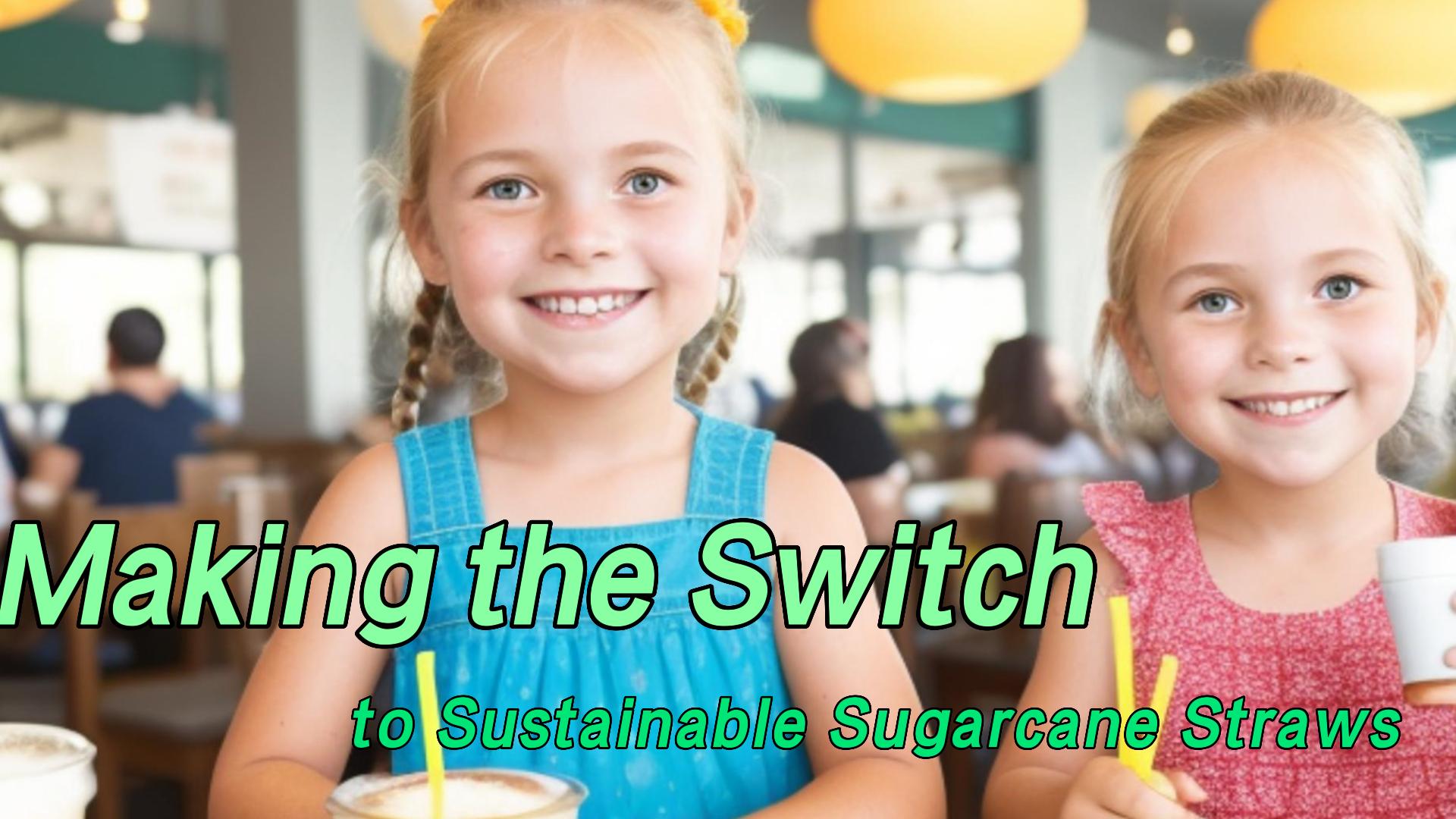In recent years, there’s been a discernible shift in consumer habits, leaning towards sustainability and eco-friendliness. From reusable tote bags to electric cars, the global market has witnessed a surge in products and initiatives that reflect these values. One such innovation that has made significant waves is the bamboo straw. But what does the trade landscape for bamboo straws look like on a global scale? Let’s delve into some trade insights.

1. Rise in Demand The demand for bamboo straws has seen a substantial increase, especially in countries that have implemented bans or restrictions on single-use plastics. Many cafes, restaurants, and hotels worldwide now offer bamboo straws as an alternative to plastic, Rispondere sia agli imperativi legali che alla domanda dei consumatori.
2. Export Dominance Paesi con abbondanti risorse di bambù, in particolare nel sud -est asiatico, sono diventati esportatori dominanti. Nazioni come il Vietnam, Indonesia, e le Filippine sono tra i principali esportatori, capitalizzare sia le loro ricche risorse di bambù che l'artigianato.
3. Politiche e regolamenti commerciali Come con qualsiasi prodotto, Le cannucce di bambù sono state soggette a varie politiche commerciali e regolamenti. Alcuni paesi hanno stabilito standard per la produzione e la qualità delle cannucce di bambù, Garantire che siano realizzati e trattati in modi ecologici.
4. Impatto ambientale Oltre ad essere solo un'alternativa alla plastica, La produzione di cannucce di bambù ha un'impronta ambientale relativamente inferiore. Bambù, essere un'erba in rapida crescita, non richiede il reimpianto. Questo significa meno terra, acqua, and resources are used in its cultivation. Più, bamboo straws are biodegradable, ensuring they don’t contribute to lasting pollution.

5. Market Challenges Despite the growing demand, bamboo straw manufacturers face challenges. These range from keeping up with production capacities to ensuring consistent quality and navigating international trade regulations.
6. The Road Ahead The trajectory for bamboo straws in global trade seems promising. As more countries clamp down on single-use plastics and as consumer awareness grows, the demand is only set to rise. For businesses, this means more opportunities to incorporate sustainability into their practices and cater to a market that values eco-conscious choices.

Conclusione The global movement of bamboo straws offers intriguing insights into the broader shifts in international trade, with sustainability at its core. As the market continues to evolve, it will be fascinating to see how the dynamics of bamboo straw trade change and what that indicates about our global priorities.







